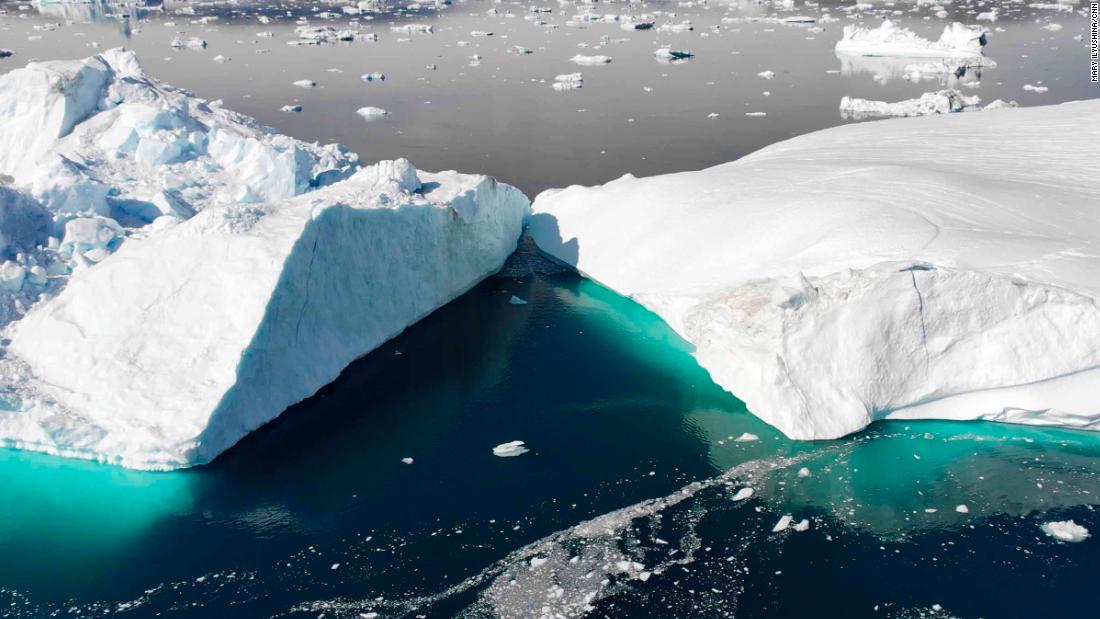[ad_1]
NASA oceanographer Josh Willis and his team are investigating how the ice is being attacked not only by rising air temperatures but also by the warming ocean, which is eating it away from underneath.
A remodeled World War II DC-3 plane, now called Basler BT-57, takes a group of OMG researchers around the coast of Greenland. From the air the crew launch special probes through the ice floor, which then transmit data on temperature and salinity, which is used to plot possible sea level rises and what they would mean for humanity in the future.
“There is enough ice in Greenland to raise the sea levels by 7.5 meters, that’s about 25 feet, an enormous volume of ice, and that would be devastating to coastlines all around the planet,” said Willis. “We should be retreating already from the coastline if we are looking at many meters [lost] in the next century or two.”
NASA took CNN on a dramatic flight over Helheim — one of the largest glaciers on Greenland and the fastest flowing on the eastern edge of the island. Helheim, named after the realm of the dead in Norse mythology, is majestic, standing at more than four miles wide and roughly the height of the Statue of Liberty.
As our plane approached Helheim, the scientists spotted an ice-free “lake” at the very front of the glacier, something they said they don’t see often. The probes also brought back troubling data — Helheim was surrounded by warm water along its entire depth, more than 2,000 feet below the surface.
“It’s very rare anywhere on the planet to see 700 meters of no temperature variation, normally we find colder waters in the upper hundred meters or so, but right in front of the glacier it’s warm all the way up,” said Ian Fenty, climate scientist at NASA. “These warm waters now are able to be in direct contact with the ice over its entire face, supercharging the melting.”
“It retreats by many meters per day, it’s tens of meters per day. You can probably set your iPhone on timelapse and actually see it go by,” Willis says as the data flashes up on his phone screen.
“Greenland has impacts all around the planet. A billion tons of ice lost here raises sea levels in Australia, in Southeast Asia, in the United States, in Europe,” Willis said. “We are all connected by the same ocean.”
And the OMG is just one of the projects looking at our home planet that NASA has been bulking up in the past few decades. As the budget of NASA’s Earth Science Division increases, the agency is lining up at least two new satellites and exploration programs to track natural hazards.
[ad_2]
Source link


